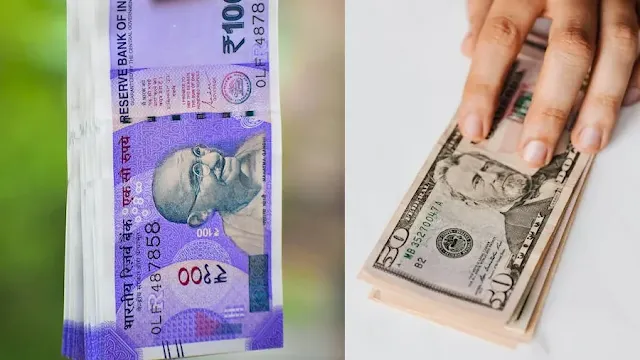Latest Indian Currency Regulations for Travelers
Traveling across international borders often involves the complex dance of compliance with currency regulations, a realm where ignorance is hardly bliss. India, with its rich tapestry of culture, history, and booming economy, is a frequent destination for global travelers and a starting point for Indian residents exploring the world. Recognizing the need for clear guidelines, the Indian government has established specific rules for the export and import of currency by passengers. This article delves into the latest regulations that govern these transactions, ensuring you're well-equipped for smooth financial navigation.
Export of Foreign Currency by Indian Residents
One of the most liberating aspects of the current Indian currency regulations is the provision for Indian residents traveling abroad. Indian residents are allowed to carry foreign currency up to any amount with them, provided it has been purchased from an authorized foreign exchange dealer in accordance with the prevailing foreign exchange regulations. This flexibility is aimed at facilitating hassle-free travel, enabling residents to meet their expenses abroad without the constant worry of financial constraints.
The Essentials:
- No Upper Limit: There's no cap on the amount of foreign currency an Indian resident can carry while traveling abroad, as long as it's acquired legally from an authorized dealer.
- Proof of Purchase: It's advisable to keep the receipt of your foreign exchange transaction. This serves as proof that your currency was obtained through legitimate channels, smoothing your way through any financial scrutiny.
- Declaration: While there's no limit, carrying large amounts may require declaration at customs, depending on the destination country's regulations. Always check the currency import rules of the country you are visiting.
Import of Currency into India
The import of currency into India is guided by a dual approach, balancing the need for financial security with the convenience of travelers. Both Indian residents and foreign nationals can bring in any amount of foreign currency into India. However, certain declarations become necessary beyond specific thresholds.
The Details:
- Foreign Currency: There is no limit to the amount of foreign currency that passengers can bring into India. However, amounts exceeding USD 5,000 (or equivalent) in cash or USD 10,000 (or equivalent) in cash and travelers' cheques combined must be declared to the Customs Authorities using the Currency Declaration Form (CDF) upon arrival.
- Indian Currency: Import of Indian currency is regulated, with Indian residents allowed to bring in up to INR 25,000. Non-residents, however, have restrictions and generally are not allowed to carry Indian currency into India.
Compliance and Consequences
Adherence to these regulations is not just a matter of legal compliance but also part of ensuring the integrity of India's financial system. Non-compliance can lead to penalties, including confiscation of the undeclared amount and possible legal action. The essence of these rules is to prevent money laundering and ensure the traceability of significant financial movements across borders.
Practical Tips for Travelers
- Documentation: Always purchase your foreign currency from authorized dealers and keep the transaction receipts.
- Research: Before traveling, research the currency rules of your destination country, especially if you plan to carry large sums of money.
- Declaration: If unsure whether to declare your currency, err on the side of caution and declare. The process is straightforward and can prevent potential legal complications.
The Bigger Picture
The flexibility offered by the latest Indian currency regulations for travelers underscores India's commitment to fostering a global outlook among its residents while maintaining robust checks against financial misuse. These rules reflect a balance between freedom and responsibility, encouraging Indian residents to explore the world confidently, armed with the currency they need, while ensuring their financial journeys contribute to global economic security.
As the world becomes increasingly interconnected, understanding and navigating such regulations become integral to the global traveler's toolkit. Whether you're an Indian resident setting off on an international adventure or a global traveler exploring the wonders of India, staying informed about these currency regulations ensures your financial journey is as smooth and enjoyable as your travels.
















